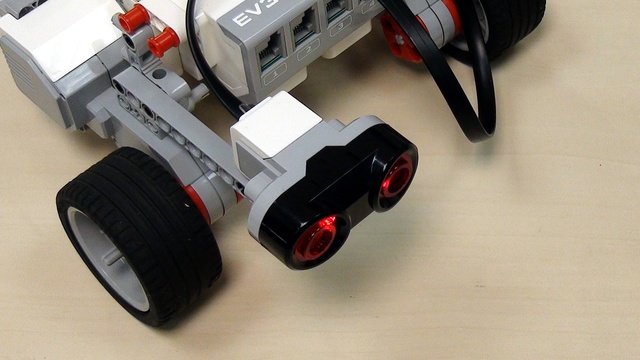
LEGO Caster wheels
In this video tutorial we will show you three ways for making your robot stable on the field. We will present each one of them with their advantages and disadvantages - it's up to you to choose which one is the best for your case.
- #15
- 11 Apr 2013


























